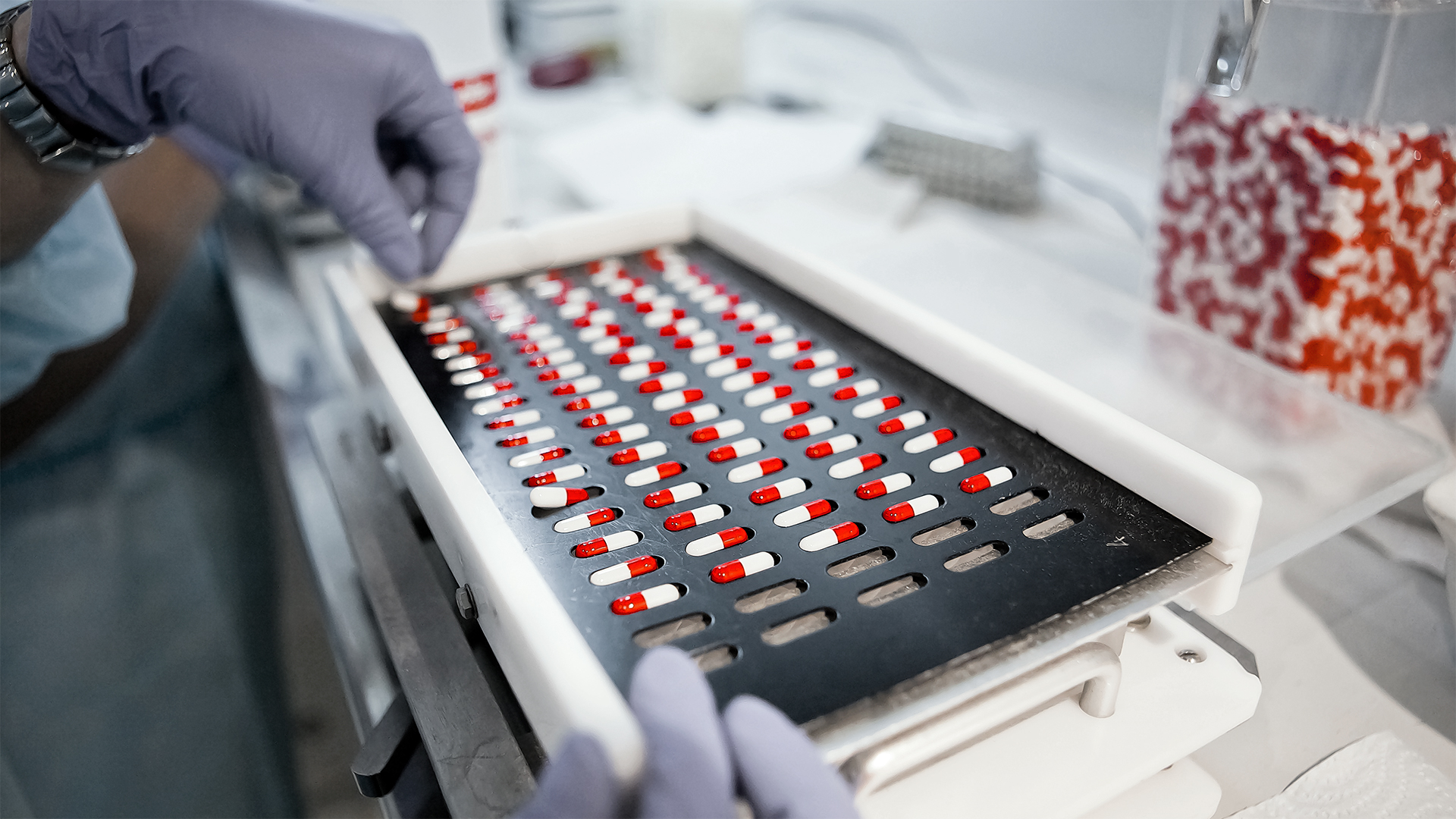- Slobodan Vucinic, Senior Business Consultant, NNIT
The advent of advanced technologies like Robotic Process Automation (RPA) and Artificial Intelligence (AI) has opened up new horizons for enhancing pharmacovigilance and drug safety processes.
With the current developments in healthcare regulations, clinical research and novel treatments, it is crucial to prioritize patient safety. Right now, life sciences companies are being challenged by an exponential increase in the number of individual case safety reports (ICSRs), shifting regulatory requirements and a virtual tsunami of data that needs to be processed, analyzed and acted upon.
As in many other industries, the increasing maturity and availability of artificial intelligence (AI) appears to be a promising method for handling these challenges. Indeed, numerous proven use-cases exist for applying AI to drug safety, driving efficiency, accuracy and proactive risk management. But before you let AI take over the management of your pharmacovigilance inbox or task it with correlating data for periodic reviews, you need to understand both the risk and limitations concerning the use of AI in a drug safety setting.
– Intelligent automation has untapped potential to reduce human error and repetitive tasks, improve both quality and response time in handling serious cases, and boost overall efficiency of pharmacovigilance. However, unlocking this potential requires a deep understanding of both the technology and the impact on existing drug safety systems, business practices and regulation, says Slobodan Vucinic, Senior Business Consultant, Drug Safety Consulting at NNIT.


